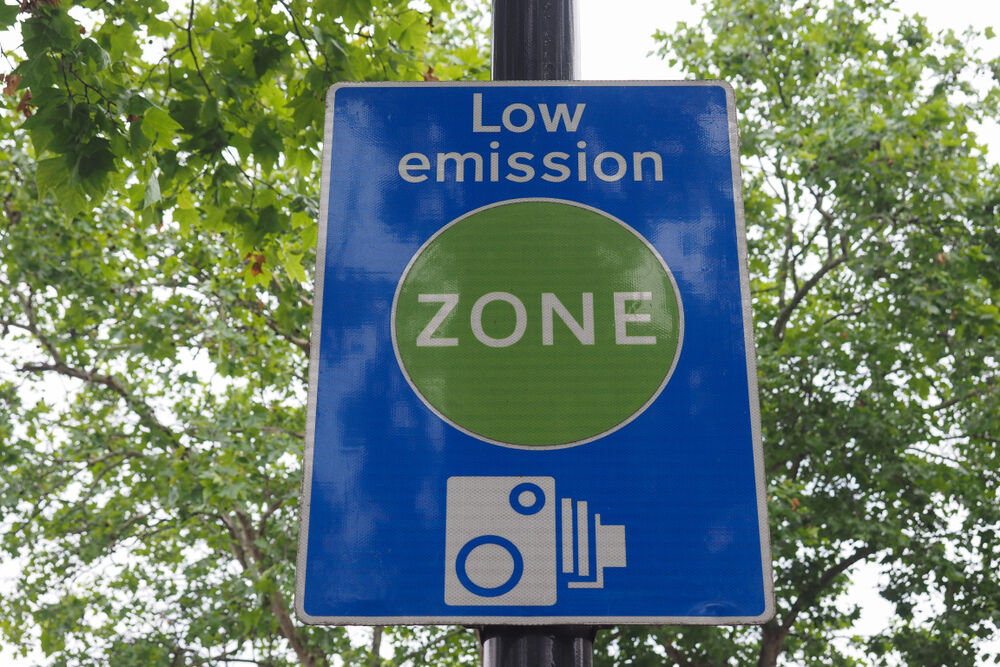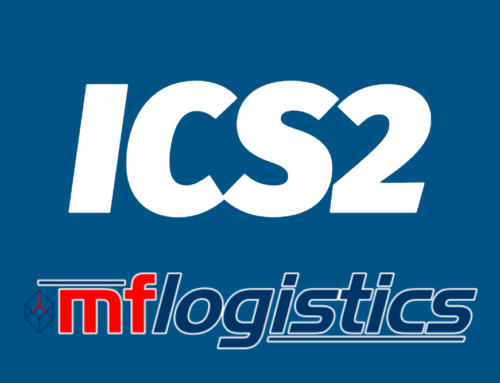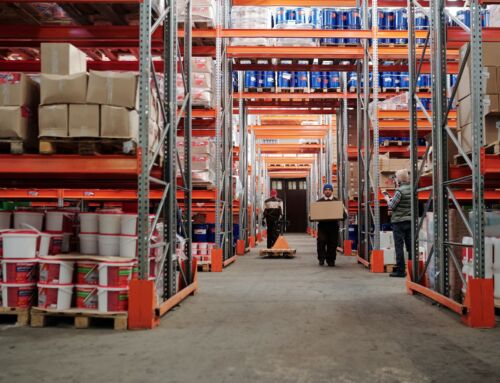This spring, Bradford and Manchester will join the growing list of UK cities to introduce Low Emission Zones (LEZs), bringing the total number to 14. They are likely to be joined at some point in 2022 by Edinburgh, Aberdeen and Dundee as the Scottish government looks to relaunch delayed initiatives in those three cities.
While a number of local schemes in cities like York, Nottingham and Norwich focus on buses only, haulage operators and their customers have to be awake to the direction of travel. As the push to reduce pollution and improve air quality in our cities continues, older, higher emission diesel vehicles will increasingly be targeted.
While private vehicle owners can choose to avoid city centre LEZs – and take one of the new fleets of electric buses instead – hauliers can not suddenly decide stop deliveries to central urban areas. As things stand, most LEZs do not ban higher emission vehicles, but they do levy a charge to discourage them.
From a policy-maker’s perspective, they work. London’s ultra-low emission zone, for example, one of the strictest in Europe, has been shown to cut CO2 emissions by 42 tonnes per day, while also halving levels of NOx and particulate matter in the air.
It’s figures like these that will drive adoption over the next five to 10 years as cities eventually move to a complete ban on high emission vehicles altogether – or even Zero Emission Zones (ZEZs), where only electric vehicles are allowed.
Transition to zero emissions
The challenge the haulage sector faces is the potential lag between such initiatives being introduced and the transition to low or zero emission technologies. The UK government has mandated that all new HGVs sold in the UK will have to be zero emission after 2040, effectively phasing out diesel and petrol vehicles from 2035 onwards. This is a decade later than the same rules for cars and vans.
But by the middle of the next decade, nevermind as late as 2040, we can expect no-go zones for high emission vehicles to be commonplace. This will likely proceed in two phases. Initially, driving older, high emission HGVs will become more expensive. Then restrictions will apply to all petrol and diesel HGVs, pushing up the cost of haulage.
As rules tighten, hauliers will find they have to switch to low or zero emission vehicles to be able to continue making deliveries to urban centres. The question facing haulage firms is when to invest, and in what technologies.
Types of so-called ultra-low emission vehicles currently available range from pure electric to hydrogen fuel cell to hybrid vehicles. While transitioning to fully electric or hydrogen fuelled vehicles is the ultimate zero emission goal, the technology remains expensive for HGVs and charging infrastructure scarce. But many operators will rightly question the sense in investing in hybrid vehicles now knowing they will have to switch to zero emission options at some point in the next 10 to 15 years anyway.
There are no easy answers. Compromise is often the only route through change and challenge, and in the short to medium term, businesses may have to accept increased logistics costs for getting goods into urban centres. But the flipside of that is that cost pressures are often a very good spur for innovation. New solutions will undoubtedly emerge, and those that can achieve zero or close to zero emissions at an attractive price will surely be adopted rapidly.



